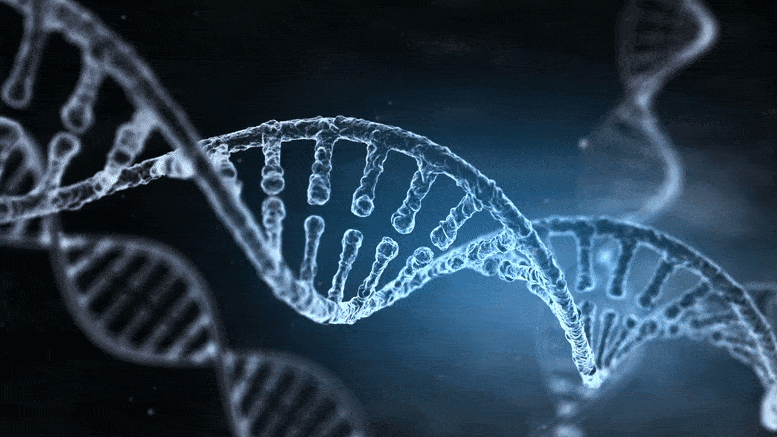Scientists in the Telomere-to-Telomere (T2T) consortium have reported the first complete sequence of a human DNA genome
DNA contains the master plan of living organism. DNA can loosely be compared to the hard drive of a computer.
The following written content from Karen Weintraub
Scientists are finally done with mapping the human genome, more than two decades after the first draft was completed, researchers announced Thursday. About 8% of genetic material had been impossible to decipher with previous technology.
Completing the final 8% is like adding the continent of Africa to a map of the globe that lackedit, said Michael Schatz, who participated in the research and is a professor of computer science and biology at Johns Hopkins University.
Missing that 8% still allowed scientists to get the gist of the story of human genetics, said Jonas Korlach, chief scientific officer of Pacific Biosciences, the company whose technology was used to fill the gaps.
But if that book were a detective story, “precisely the pages where you would find out who the murderer is were missing,” he said.
Several teams of American researchers published six papers in the journal Science Thursday that fill the gaps in a single human genome, compare those areas to some of our closest ape relatives and begin to explain the role of those newly described pieces.
It will be years before there’s a concrete payoff to that additional information, researchers say. But those previously missing bits could offer insights into human development, aging and diseases such as cancer, as well as human diversity, evolution and migration patterns across prehistory.
“In some ways, these publications might be considered the long-awaited closing ceremony” of the Human Genome Project, which was begun in 1985, said Dr. Eric Green, director of the National Human Genome Research Institute at the National Institutes of Health.
He and several scientists involved in the Telomere-to-Telomere consortium research held a call with media several hours before the papers were published.
Mapping this genetic material should help explain how humans adapted to and survived infections and plagues, how our bodies clear toxins, how individuals respond differently to drugs, what makes the brain distinctly human and what makes each of us distinct from each other, said Evan Eichler, a geneticist at the University of Washington School of Medicine who helped lead the research.
DNA, considered the blueprint of life, consists of four base pairs of amino acids, simplified as the letter A, C T and G. An individual’s genome is the complete set of these amino acid sequences.
In the initial map, researchers discovered there were about 3 million of these letter pairs in the human genome. But sections of five chromosomes were missing, mainly areas that contained a lot of repeated genetic letters.
The way earlier mapping technology worked, researchers would sequence short bits and then overlap them – like piecing together a book from sentence fragments.
With the original Human Genome Project, researchers could only map about 500 pairs of letters at a time. Newer technology, led by PacBio, can read up to about 100,000 pairs and so detect those repetitions.
Reading those longer pieces Korlach said, allows us to “eavesdrop on what happens in nature.”
Critical functions are controlled by these repeats, Eichler noted, including genes that enabled the human brain to become bigger with more folds. These repeats are also involved in the production of ribosomes, the factories that allow cells to make proteins, transforming the genetic code into action.
Repeats also play a role in the centrosomes, the pinched area in the middle of chromosomes that are involved in accurately copying genetic material, as one cell divides into two.
Problems with this process are implicated in diseases such as Down syndrome, an inherited condition in which children are born with an extra chromosome, leading to intellectual and physical challenges and a shortened lifespan. Read more from USA





